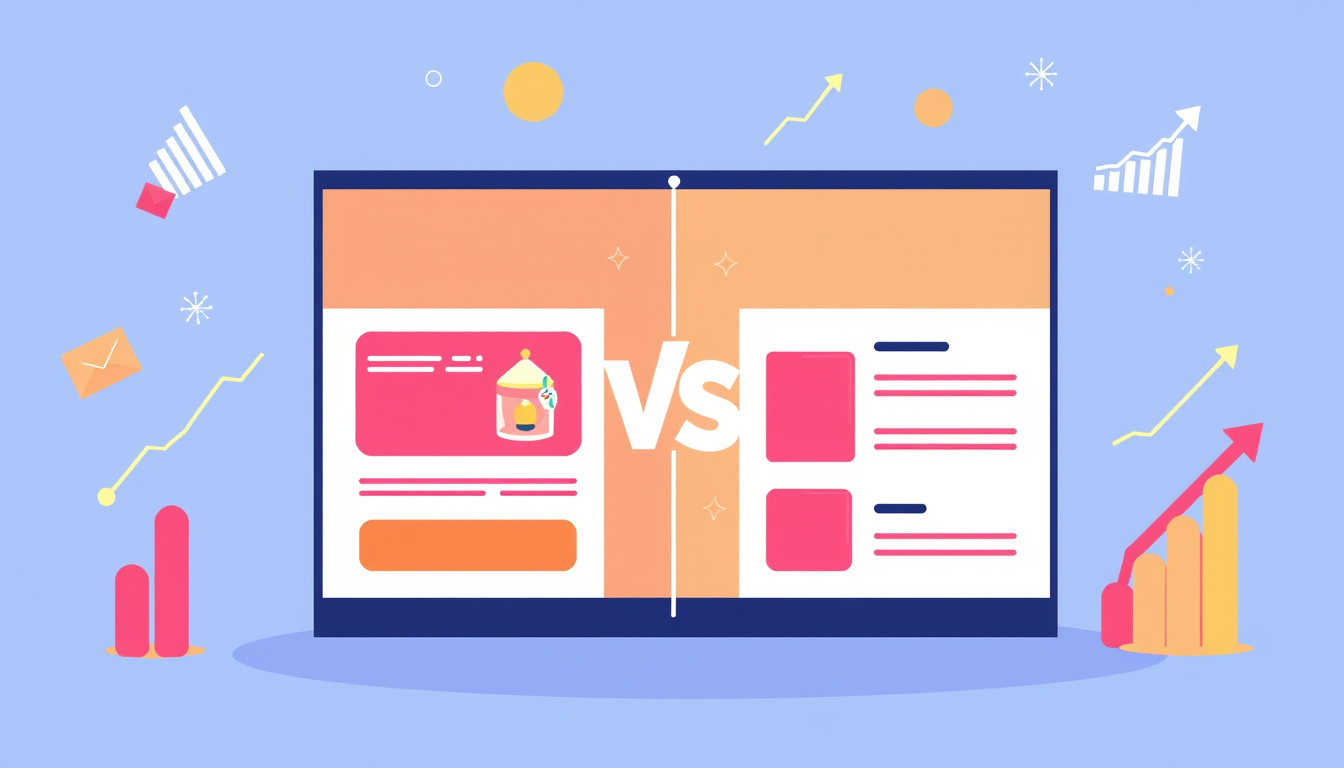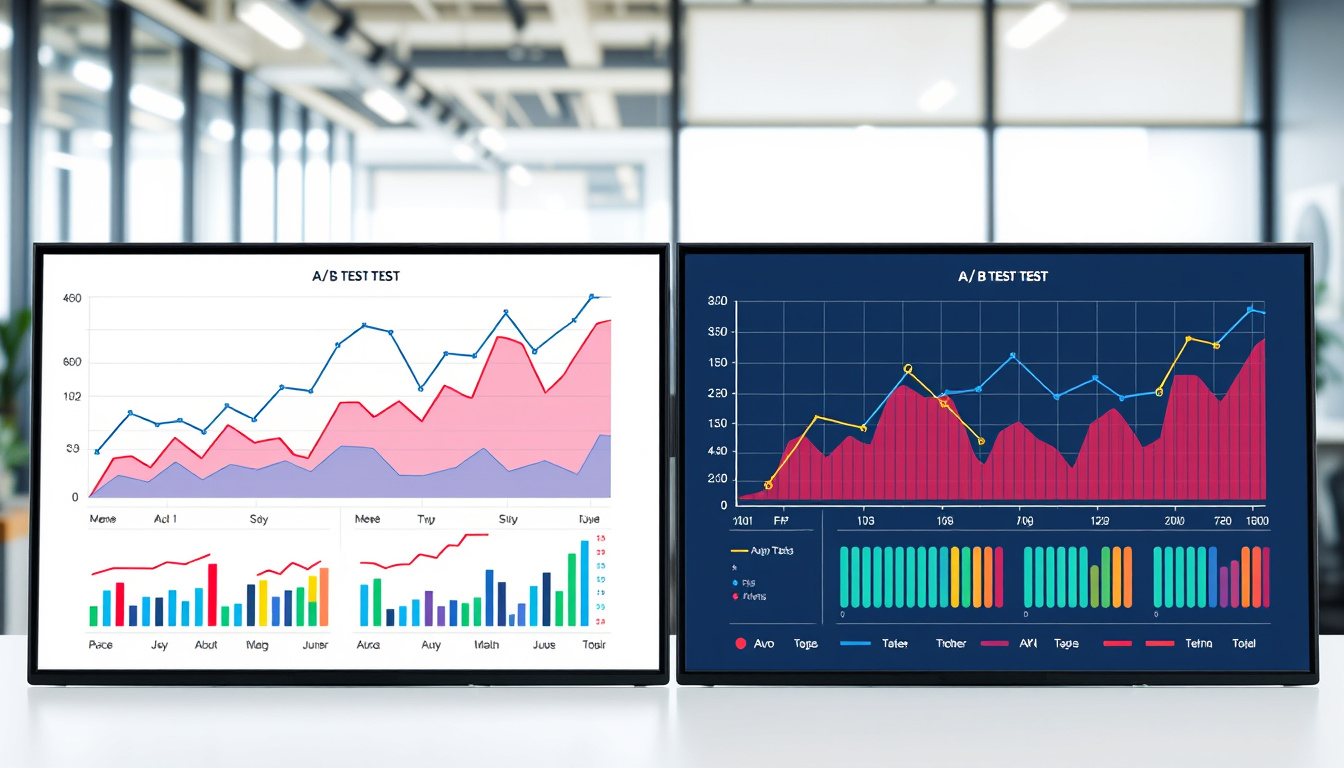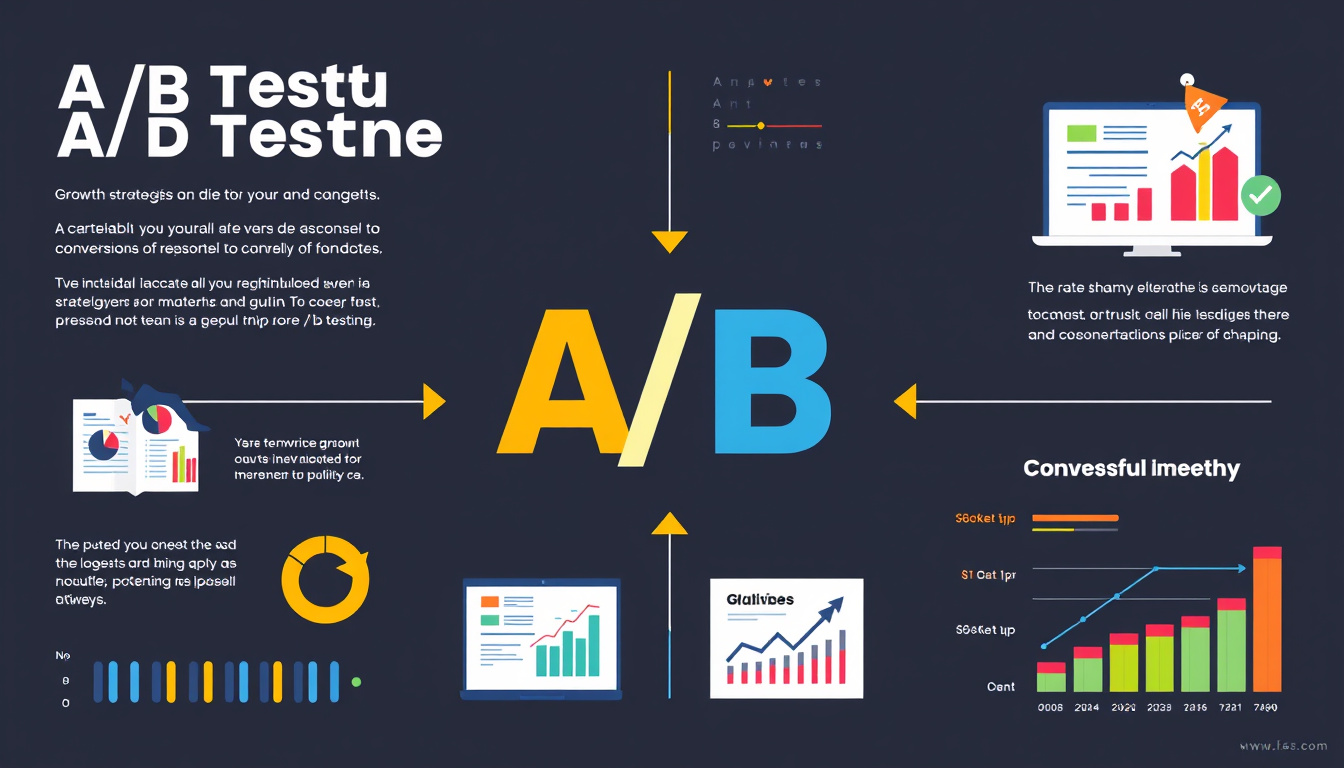📬 A/B Testing in Email Marketing That Skyrocket Conversions

In the dynamic world of digital marketing, email remains a formidable tool for engaging with potential customers. However, with the growing emphasis on personalized marketing and tailored consumer experiences, merely sending out emails isn’t enough. To truly harness the potential of your email campaigns, implementing effective A/B testing is essential. In this article, we will explore how A/B Testing in Email Marketing can skyrocket conversions by optimizing your approach and ensuring your messages resonate with your audience. From understanding the fundamentals of A/B testing to analyzing key metrics, this guide is designed to empower you with the knowledge needed for successful email campaigns.

Key Takeaways
- A/B testing allows marketers to compare different versions of emails to identify what drives higher engagement.
- Implementing A/B tests can significantly improve email campaign performance and overall conversion rates.
- Key elements to test include subject lines, email layouts, call-to-action buttons, and send times.
- Analyzing results involves focusing on metrics such as open rates, click-through rates, and conversion rates for informed decisions.
- Case studies demonstrate the real-world impact of effective A/B testing strategies on email marketing success.
What is A/B Testing in Email Marketing?
A/B Testing in Email Marketing is a powerful strategy that can significantly enhance your campaign's effectiveness and conversion rates. By comparing two versions of an email to see which one resonates more with your audience, marketers can make data-driven decisions that ultimately lead to higher engagement and sales. The process involves sending version A (the control) to a portion of your audience while version B (the variant) is sent to another segment. Key elements to test include subject lines, content, call-to-action buttons, and layouts. The insights gained from A/B testing not only inform future email marketing strategies but also allow businesses to tailor their messaging in ways that truly connect with their subscribers. Implementing 📬 A/B Testing in Email Marketing That Skyrocket Conversions is crucial for staying competitive in today's digital landscape, as it empowers marketers with the knowledge needed to refine their approaches for maximum impact.
The Importance of A/B Testing for Email Campaigns
In the fast-paced world of digital marketing, the effectiveness of your email campaigns can significantly impact your conversion rates. This is where 📬 A/B Testing in Email Marketing That Skyrocket Conversions comes into play. A/B testing, also known as split testing, involves sending two variations of an email to different segments of your audience to determine which one performs better. By analyzing metrics such as open rates, click-through rates, and engagement levels, marketers can gain invaluable insights into their audience's preferences. Implementing A/B testing allows teams to refine email content, subject lines, call-to-action buttons, and even design layouts – ultimately leading to higher conversions and improved ROI. Businesses that embrace A/B testing in their email strategy often discover that even small adjustments can lead to substantial increases in performance, making it a critical component of any successful email marketing campaign.
'What gets measured gets managed.' – Peter Drucker

Choosing the Right Elements to Test in Your Emails
To effectively enhance your email marketing strategy, understanding the process of 📬 A/B testing in email marketing that skyrockets conversions is essential. Choosing the right elements to test can make a significant difference in your campaign's success. Start with subject lines—testing variations in wording, length, and even the use of emojis can reveal what captivates your audience. Then, focus on the email body; elements such as layout, CTA buttons, and images can impact reader engagement and ultimately drive purchases. Don't overlook the send time and email frequency, as these factors also play a crucial role in determining open and click rates. By systematically testing these elements, you can gather valuable insights that lead to higher conversions, transforming your email strategy into a potent tool for business growth.
How to Set Up Your A/B Testing Strategy
A/B testing in email marketing that skyrocket conversions is an essential strategy for any business looking to optimize their email campaigns. Setting up an effective A/B testing strategy involves several key steps to ensure you are making data-driven decisions. First, identify the goal of your emails, whether it's increasing click-through rates, boosting sales, or enhancing subscriber engagement. Next, formulate a hypothesis on what changes might improve these metrics; for example, testing different subject lines or call-to-action buttons. Segment your audience to ensure you’re comparing similar groups to get accurate results. Then, implement your test by sending different versions of your email to these segments, keeping track of engagement and conversion rates. Finally, analyze the data: determine which variation performed better and apply those insights to future campaigns. By mastering A/B testing in email marketing, marketers not only enhance their content but also significantly boost overall conversion rates.

Analyzing A/B Testing Results: Key Metrics to Consider
When it comes to A/B Testing in Email Marketing That Skyrocket Conversions, the analysis of results is crucial for understanding what resonates with your audience. To effectively analyze A/B test results, focus on key metrics such as open rates, click-through rates (CTR), conversion rates, and unsubscribe rates. Open rates indicate how compelling your subject lines are, while CTR shows how engaging your content is. Conversion rates reflect the ultimate success of your email campaign, measuring the percentage of recipients who complete the desired action. Additionally, keep an eye on unsubscribe rates to gauge if your content aligns well with your audience’s interests. By meticulously evaluating these metrics, you can gain insightful data that informs future email campaigns, ultimately leading to higher conversions and a more targeted email marketing strategy.
Best Practices for Effective A/B Testing in Email Marketing
A/B testing in email marketing is an essential strategy used by successful marketers to boost engagement and skyrocket conversions. To maximize the effectiveness of your A/B tests, begin by clearly defining your objectives; whether it’s improving open rates, click-through rates, or overall conversions, having a clear goal helps guide your testing process. Next, ensure that you test one variable at a time, such as subject lines, email layouts, or call-to-action buttons, to isolate the impact of each element. It's crucial to segment your audience and send the tests to a representative sample to gather more reliable insights. Timing is also key; select optimal days and times for sending emails to enhance engagement. Lastly, always analyze your results comprehensively and apply your findings to future campaigns. Following these best practices for A/B testing in email marketing will not only enhance your strategy but also effectively improve your conversion rates, yielding greater returns on your marketing investment.

Case Studies: Successful A/B Testing Campaigns That Boosted Conversions
A/B testing in email marketing is a powerful tool used by savvy marketers to boost conversions and enhance overall campaign effectiveness. Take, for instance, a renowned eCommerce brand that implemented A/B testing on their promotional email campaigns. By experimenting with different subject lines, they discovered that a more personalized subject line led to a remarkable 25% increase in open rates. This change resulted in a significant lift in conversions, demonstrating the impact of A/B testing in email marketing that skyrocketed their sales during a peak shopping season. Another compelling case is a SaaS company that tested two distinct email layouts—one cluttered with graphics and the other clean and straightforward. The clean layout not only resulted in higher click-through rates but also improved user engagement, ultimately leading to a notable increase in new signups. These case studies underscore how A/B testing can transform email marketing strategies and play a crucial role in driving impressive conversion rates.
Frequently Asked Questions
What is A/B testing in email marketing?
A/B testing in email marketing involves sending two variations of an email to different segments of your audience to determine which one performs better in terms of specific metrics, such as open rates, click-through rates, and conversions.
Why is A/B testing important for email campaigns?
A/B testing is crucial for email campaigns because it helps marketers optimize their messaging and design to improve audience engagement, enhance conversion rates, and increase overall campaign effectiveness.
What elements should I consider testing in my emails?
Key elements to test in your emails include subject lines, email content, call-to-action buttons, images, send times, and overall email layout to identify what resonates best with your audience.
How do I set up an A/B testing strategy for my emails?
To set up an A/B testing strategy, define your goals, choose specific elements to test, segment your audience, run the tests, and analyze the results to determine which version performs better.
What are some best practices for effective A/B testing in email marketing?
Best practices for effective A/B testing include testing one variable at a time, using a significant sample size, running tests long enough to gather relevant data, and continuously refining your approach based on results.
Authored by - Abdulla Basha
Email id - mail@abdullabasha.com
Linkedin